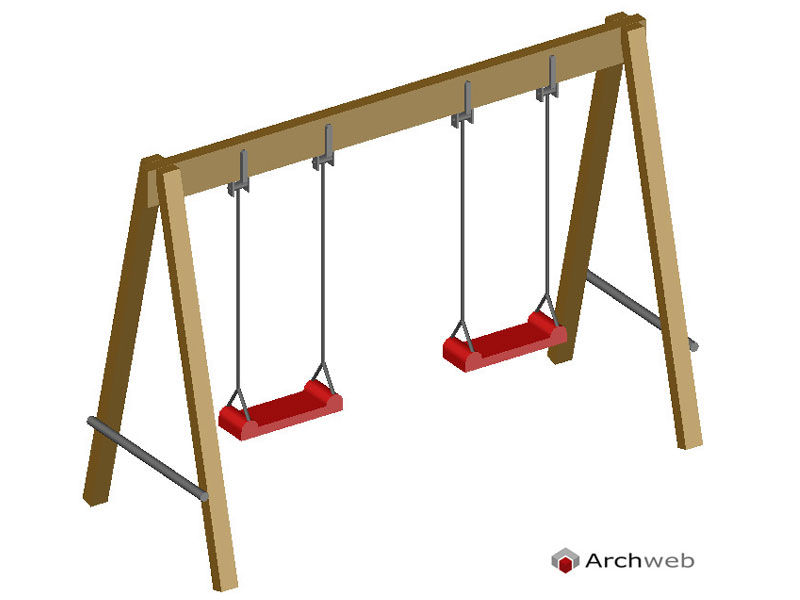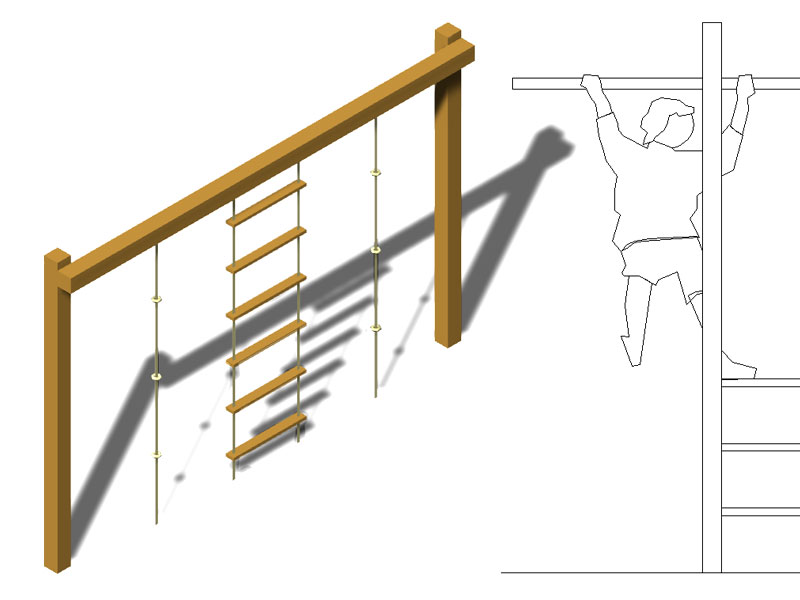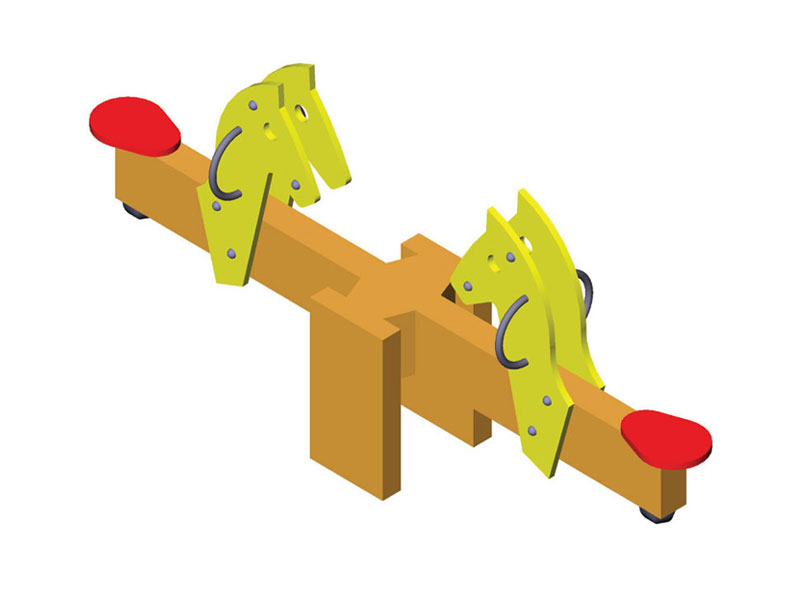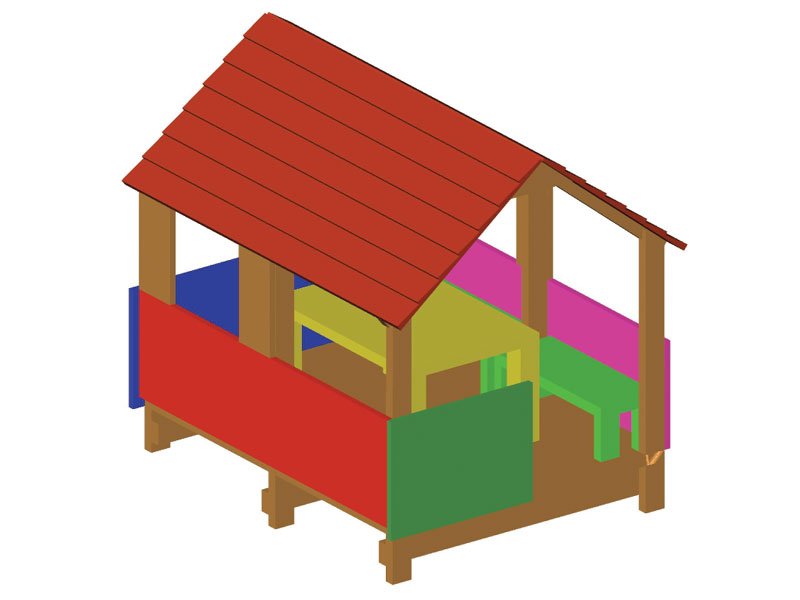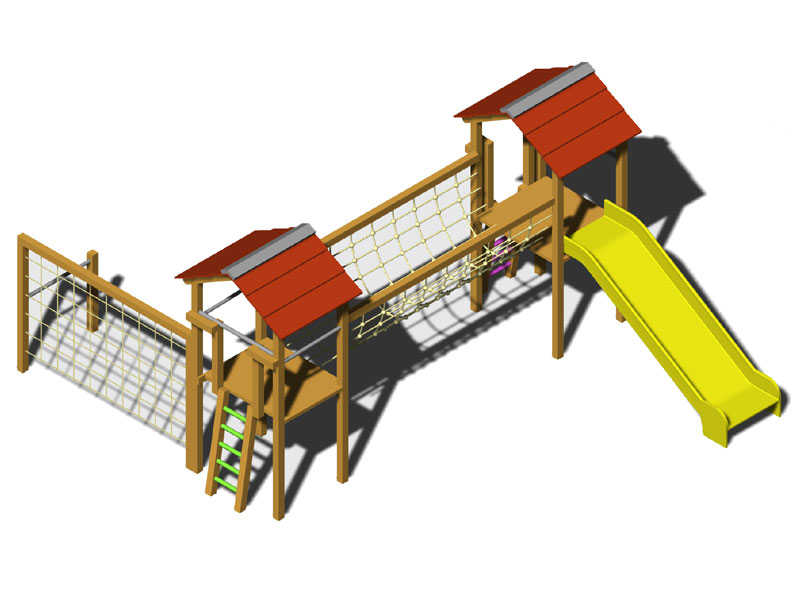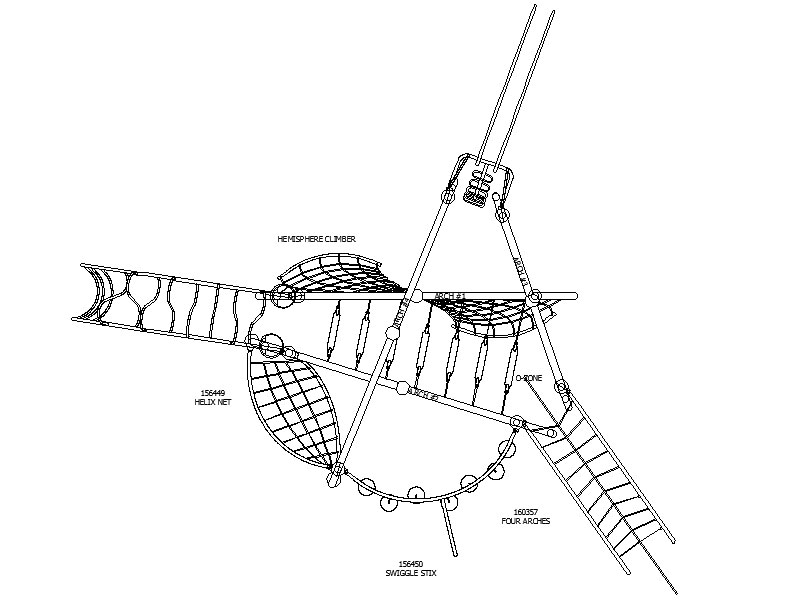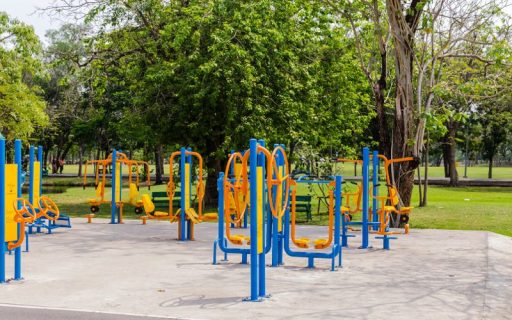Children’s play area: guidelines
Design and regulations
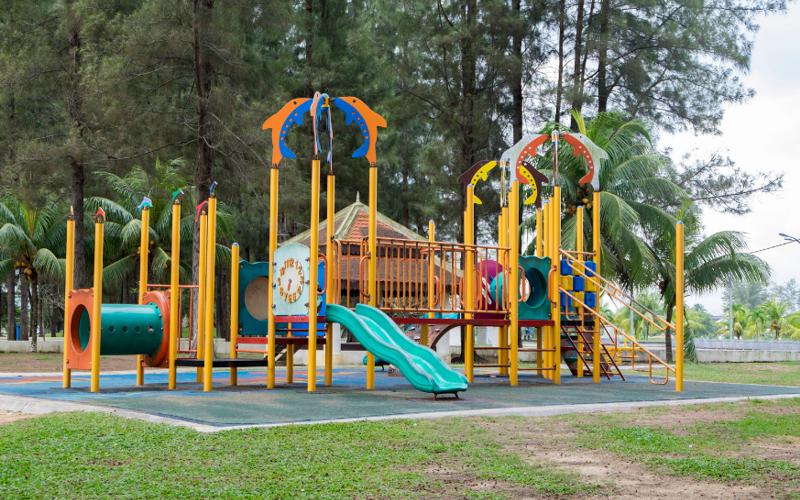
Children’s play areas in public parks play a crucial role in cities, as they offer safe and engaging spaces to play, learn and socialize. These areas are designed to stimulate the imagination, creativity and physical activity of little ones, promoting their physical and cognitive development. As urbanization continues to grow, it is important to prioritize green areas that include play spaces in planning to ensure children have access to essential activities.
In this article we will have the opportunity to discover the advantages of areas dedicated to children’s games in urban public parks, the guidelines for designing them, as well as the regulations that govern them.
Children’s play area: the advantages and benefits
One of the key benefits of children’s play areas in cities is the opportunities they offer for social interaction and community building. Play areas often serve as gathering places for families and caregivers, allowing them to connect with each other while their children play. These interactions help foster a sense of belonging and community spirit, creating a positive social environment within the city.
In addition to socialization, the play area also contributes to the physical and mental well-being of children. Playgrounds offer a variety of equipment and facilities that encourage physical activity, such as climbing frames, swings and slides. Active play helps children develop motor skills, coordination and balance. Additionally, outdoor play in natural environments has been shown to have a positive impact on children’s mental health, reducing stress and promoting overall well-being.
In addition, children’s play areas in cities contribute to the liveability and overall attractiveness of urban environments. Play areas, if well designed, add colour, liveliness and a sense of fun to public spaces, making cities more welcoming for residents and visitors. They also offer families the opportunity to engage with nature and the outdoors, promoting awareness and appreciation of the environment among children.
In conclusion, children’s play areas play a fundamental role in cities, offering them spaces to play, learn and relate to others. These areas contribute to the social, physical and mental well-being of children and improve the liveability of urban environments. By prioritizing the inclusion of play areas in urban parks, cities can create engaging and inclusive spaces that benefit both children and their communities.

Guidelines for the design of children’s play areas
Designing children’s play areas requires careful consideration to ensure they are engaging, safe and beneficial to children’s development. There are several aspects to evaluate to create successful play spaces for children. It is important to consider factors such as accessibility, safety and maintenance when designing these spaces, ensuring they are accessible to all children, regardless of their ability or background.
1. Involve multiple age groups
È importante fornire una varietà di opportunità di svago che si adattino a diverse fasce d’età e abilità. Si possono prevedere aree per il gioco attivo, come strutture per l’arrampicata e altalene, ma anche spazi per il gioco immaginativo e creativo, come sabbiere e aree per il gioco di ruolo. Offrendo una serie di opzioni ludiche, i bambini possono dedicarsi ad attività che rispondono ai loro interessi e alle loro esigenze di sviluppo.
2. Security
Safety must be a top priority when designing a children’s play area. In this sense, it is necessary to ensure that all equipment is designed, installed and maintained correctly, with adequate safety flooring to avoid injuries from falls.
It is also important to consider the layout and flow of the play area, ensuring there are clear lines of sight for supervision and that potential dangers are kept to a minimum. To ensure constant safety, regular inspections and maintenance must be carried out.
3. Accessibility
In addition to providing engaging and safe play opportunities, it is important to consider the accessibility of play areas for children of all abilities. This includes providing accessible ramps or paths for children with mobility difficulties, as well as ensuring that sensory elements for children with specific difficulties are incorporated into the design. By creating inclusive play areas, children of all abilities can participate in play activities and benefit from the social and developmental aspects they offer.
4. Contact with nature
The design of play areas should also consider the natural environment and promote a connection with nature. This can include the incorporation of natural materials such as wood and plants, as well as providing opportunities for exploration and discovery.
Research has shown that activities in natural settings can have a positive impact on children’s mental health and well-being. Therefore, incorporating natural elements into play areas can improve children’s overall experience.
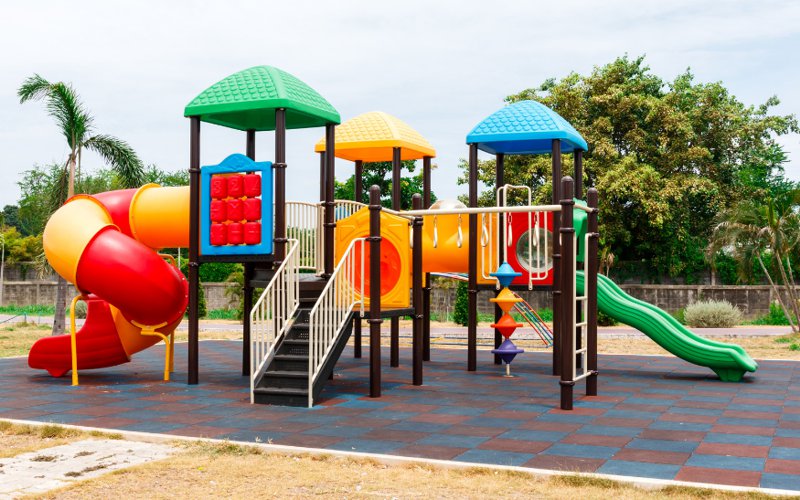
Regulations for spaces dedicated to children’s play
The regulations that regulate children’s play areas are basically the following:
UNI 11123:2022. This standard indicates the “Criteria for the design of parks and outdoor recreational areas“. Specifically, the rule also applies to areas intended for children’s play activities. The standard aims to guarantee the safety of these spaces, encourage the design of areas of adequate size, as well as easily accessible.
UNI EN 1176. It is the standard that establishes the production rules and safety requirements for playground equipment. This standard is structured into seven parts, each of which contains specific information for the manufacture, installation, use, inspection, maintenance and “marking” of equipment. The specifications cover the materials used, design and installation instructions. It is important that playground equipment complies with these standards to ensure the safety of children while playing.
UNI EN 1177. This standard establishes the technical characteristics and specific requirements for the protection of children’s play area surfaces. The standard focuses mainly on the ability of materials to absorb the impact of falls, in order to prevent injuries to children during play. The standard also includes specific criteria for selecting materials to ensure safety.
How to choose the site for the children’s play area?
When choosing the site for a children’s play area within a public park, there are several important factors to consider.
1. Accessible
First of all, it is essential to choose a place that is easily accessible by families and children. The play area should preferably be located near the park entrance or parking lot. This way families will be able to easily find the play area and be able to visit it comfortably.
2. Safe
Secondly, safety is paramount when choosing a children’s play area. The chosen location must be free of potential risks or dangers, such as steep slopes, bodies of water or access to busy roads. It is also important to consider the surrounding environment and ensure that there are no dangerous materials or structures nearby that could pose a risk to children (e.g. torn fences, abandoned building materials).
3. Ample
Furthermore, the site should provide ample space for various play structures and activities. It should be large enough to accommodate a variety of equipment, such as swings, slides, climbing frames and sandboxes. Furthermore, children must have sufficient open space to run and play actively. A well-designed layout of the area can help maximize its usability and attractiveness for children of different age groups. Finally, it is also advisable to think about those who accompany and supervise the children, so it is a good idea to include benches and tables for adults, located at the edges of the play area.
4. Inviting
In addition to all this, it is essential to consider the aesthetic aspect of the chosen place. The play area must integrate harmoniously with the surrounding park environment and maintain a natural and inviting atmosphere. The use of landscaping features, such as trees, shrubs and flowers, can help create a visually pleasing environment that enhances the overall experience of children and their families.
5. Equipped
Other important considerations concern the presence of a fountain that supplies drinking water inside the play area, strategically positioned to facilitate access to the entire area. This allows children to hydrate during outdoor activities.
Furthermore, it is a good idea to plan for the construction of toilets near the play area, so that children can dedicate as much time as possible to playing and having fun.
Conclusions
Designing children’s play areas requires careful consideration of various factors, such as providing a variety of play opportunities, ensuring safety, promoting accessibility, and incorporating nature into the design. By following these guidelines, we can create engaging and beneficial play spaces that contribute to children’s healthy development.
Furthermore, it is essential to respect the design standards of a children’s playground. This guarantees the safety of children and the use of certified materials and equipment.
Finally, choosing an appropriate site for a children’s play area within a public park requires careful consideration of accessibility, safety, space requirements, aesthetics and amenities offered. By taking these factors into account, it will be possible to create a play area that offers children a pleasant and safe environment to play and explore.






























































